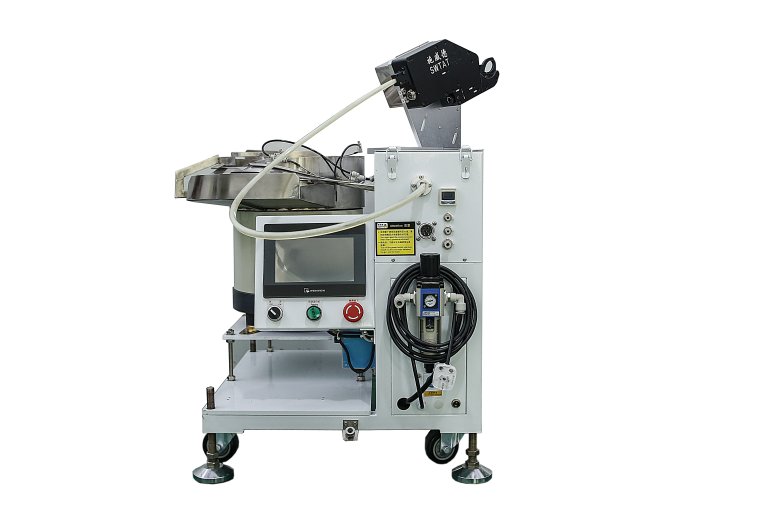In modern manufacturing and assembly operations, efficiency, consistency, and precision are crucial. Nylon cable ties are used across countless industries—from automotive wiring to electronics, appliances, and packaging—and the tool that applies them can make or break your workflow. That’s where nylon cable tie machines come in, offering speed and automation in processes that were once manual and time-consuming.
But how do you choose the right nylon cable tie machine for your business? With so many options and technologies available, it’s important to consider not only your immediate needs, but also the long-term productivity and reliability of your solution.

Here’s a comprehensive guide to help you make the best choice.
1. Understand Your Application Requirements
Start by identifying where and how the nylon cable ties will be used. Are you securing wire harnesses in a vehicle assembly line? Bundling cables in a control panel? Packing industrial components? Your application will determine the type of machine you need—be it a handheld cable tie gun, a benchtop unit, or a fully automated system.
2. Choose Between Manual, Semi-Automatic, and Fully Automatic Machines
-
Manual tools are affordable and portable, suitable for low-volume tasks or field work.
-
Semi-automatic machines offer increased efficiency while still requiring some operator input, making them ideal for medium production volumes.
-
Fully automatic machines are designed for high-speed, high-precision industrial use. These systems can cut, tension, and secure ties without manual intervention, drastically reducing labor costs and production time.
3. Evaluate Compatibility with Tie Sizes and Materials
Not all machines are compatible with every type of nylon tie. Make sure the system you choose supports the tie size, length, width, and tensile strength required for your specific tasks. Some machines are adjustable, while others are designed for dedicated operations.
4. Consider Integration and Customization
If your operation is part of a larger automated workflow, look for machines that support integration with conveyor systems, robotic arms, or programmable logic controllers (PLCs). Customization options—such as special fixtures or programmable settings—can add significant value and flexibility.
5. Prioritize Safety and Ease of Maintenance
A good nylon cable tie machine should meet all relevant safety standards and be easy to clean, service, and maintain. Features like overload protection, jam detection, and tool-free maintenance contribute to long-term operational stability.
Swift Automation Technology: A Global Leader in Cable Tie Automation
When it comes to reliable, high-performance solutions, Swift Automation Technology stands out as a world-leading developer and manufacturer of automatic cable tie tools and nylon cable ties. With a comprehensive product line that includes:
-
Automatic cable tie machines (tabletop and handheld)
-
Cable tie guns and tools
-
Matching accessories and automation systems
-
High-quality nylon cable ties in multiple sizes and specifications
Swift Automation Technology serves businesses across sectors with intelligent, precision-engineered solutions that enhance productivity, reduce costs, and ensure consistent quality.
Backed by strong R&D and a global presence, Swift has become the go-to partner for companies that demand innovation and efficiency in their fastening processes.
Final Thoughts
Choosing the right nylon cable tie machine isn’t just a technical decision—it’s a strategic one. The right equipment can streamline your operations, improve product quality, and significantly lower labor costs. By working with a trusted industry leader like Swift Automation Technology, you ensure access to expert advice, cutting-edge technology, and reliable after-sales support.
Your business deserves a solution that grows with you—and your cable tie machine should be built for that journey.

